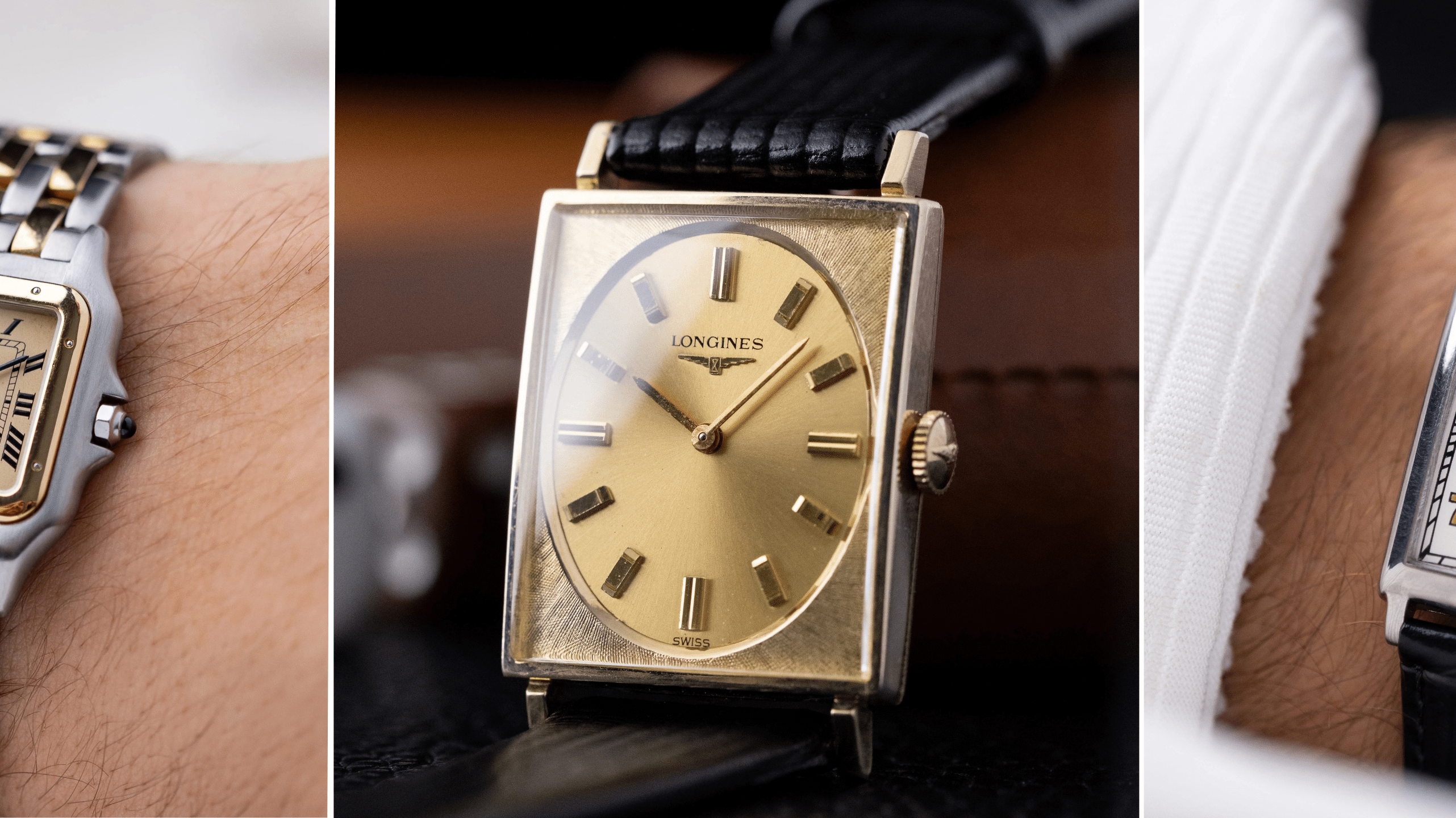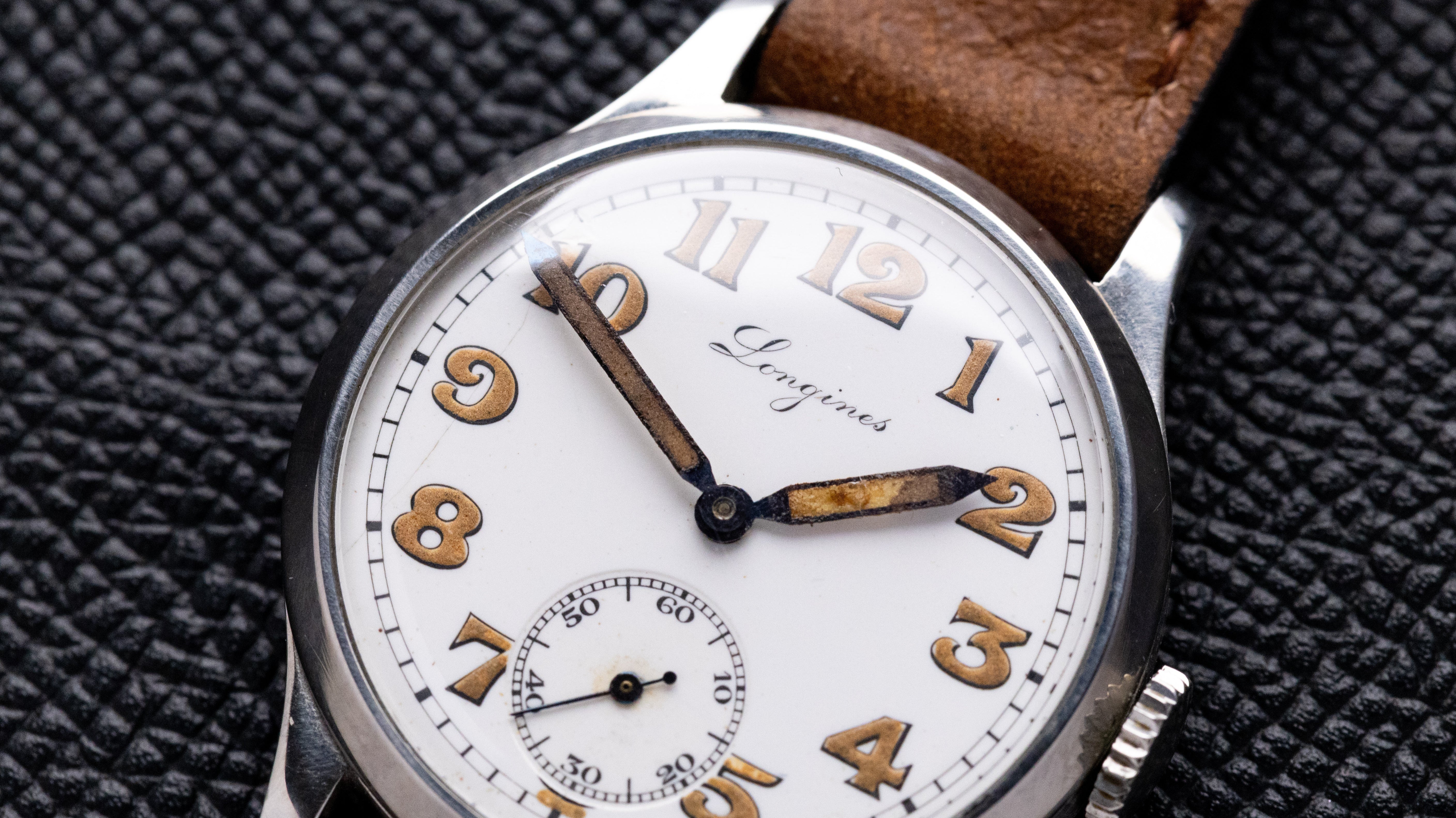The 20th century witnessed remarkable transformations in the realm of mechanical timepieces, marking an era of both challenge and innovation. These devices, far more than mere keepers of time, evolved into symbols of craftsmanship, status, and technological prowess. This article explores the fascinating journey of mechanical watches through the 20th century, highlighting key historical milestones, design evolutions, and their cultural significance. From the early innovations that set the stage for modern watchmaking to the dramatic Quartz Crisis and subsequent renaissance of mechanical watches, this period encapsulates a story of resilience and artistic mastery. As we delve into this journey, we uncover how these timepieces were not just time-keeping instruments but reflections of the changing times and societal values.

Historical Context
Early 20th Century Innovations
The dawn of the 20th century marked significant advancements in mechanical watchmaking. Pioneers in the industry introduced groundbreaking mechanisms that enhanced accuracy and durability. Notably, the development of the wristwatch from pocket watches revolutionized personal timekeeping. This transition, spurred by the practical needs of soldiers in World War I, represented a major shift in both design and utility. Additionally, technological strides like the introduction of water-resistant cases and self-winding mechanisms set the foundation for modern mechanical timepieces, demonstrating early industry foresight and innovation.
Mid-Century Developments
The mid-20th century saw mechanical timepieces solidify their role as both functional tools and fashion statements. This era was marked by the creation of iconic models and the emergence of renowned watchmaking brands. Watches designed for specific professional uses, such as diving and aviation, gained popularity, showcasing enhanced features like increased water resistance and specialized dials. The period also experienced an increased focus on precision, with the development of chronometer certifications becoming a testament to a watch's accuracy. These advancements not only improved functionality but also elevated the status of mechanical watches to luxury items.
Late Century Advances
In the latter part of the 20th century, mechanical timepieces faced their biggest challenge yet with the advent of quartz technology. However, this period also witnessed a renaissance in mechanical watchmaking. Enthusiasts and connoisseurs began to appreciate the traditional craftsmanship and intricate mechanics of these watches. In response, manufacturers focused on high-end mechanical movements and limited-edition collections, emphasizing quality and exclusivity. The revival of classic designs, coupled with technological innovations like more efficient movements and novel materials, reaffirmed the mechanical watch's position as a symbol of luxury and timeless elegance.

Design and Craftsmanship
Materials and Mechanisms
The artistry of mechanical timepieces is evident in their design and the materials used. Throughout the 20th century, watchmakers experimented with various materials to enhance durability and aesthetic appeal. Stainless steel became a staple for its resilience and luster, while luxury models often featured gold, platinum, and, in later years, high-tech ceramics and titanium. The use of sapphire crystal for watch faces, known for its scratch resistance, marked a significant improvement over older, more fragile materials. Internally, the refinement of movement mechanisms, including the balance spring and escapement, was a continuous pursuit. Innovations like the automatic, or self-winding, movement, which harnesses the wearer's natural motion, and the chronograph, with its stopwatch functionality, were milestones that combined technical ingenuity with practical utility.
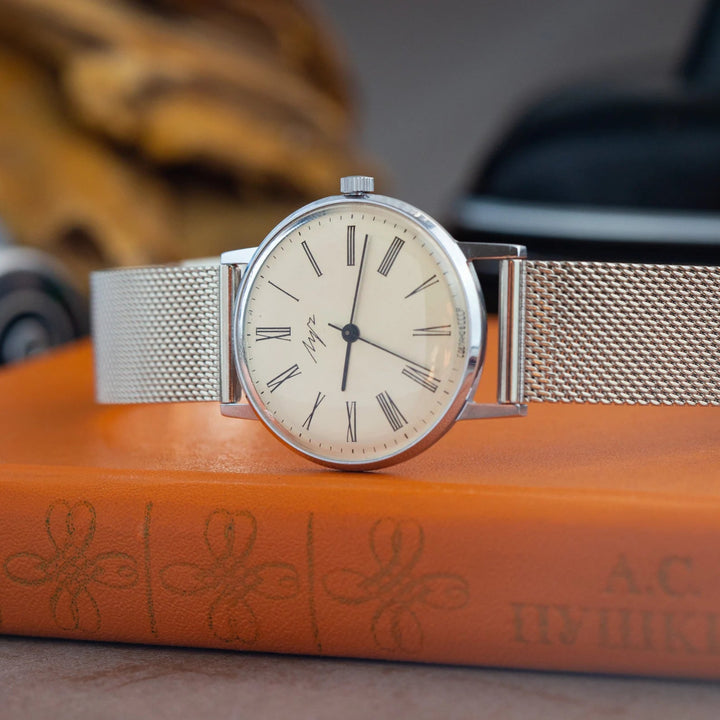
Iconic Timepiece Designs
The 20th century birthed several iconic mechanical watch designs that have become synonymous with luxury and precision. The Rolex Submariner, introduced in the 1950s, set a new standard for diving watches with its unparalleled water resistance and robustness. The Omega Speedmaster, known famously as the "Moonwatch" for its association with NASA and space exploration, exemplified the era's affinity for adventure and discovery. Patek Philippe’s elegant dress watches, with their intricate complications like perpetual calendars and moon phases, showcased a different facet of watchmaking excellence, blending sophisticated aesthetics with complex mechanics. These timepieces were not just tools but became cultural icons, embodying the spirit of their times and the relentless pursuit of perfection in watchmaking.
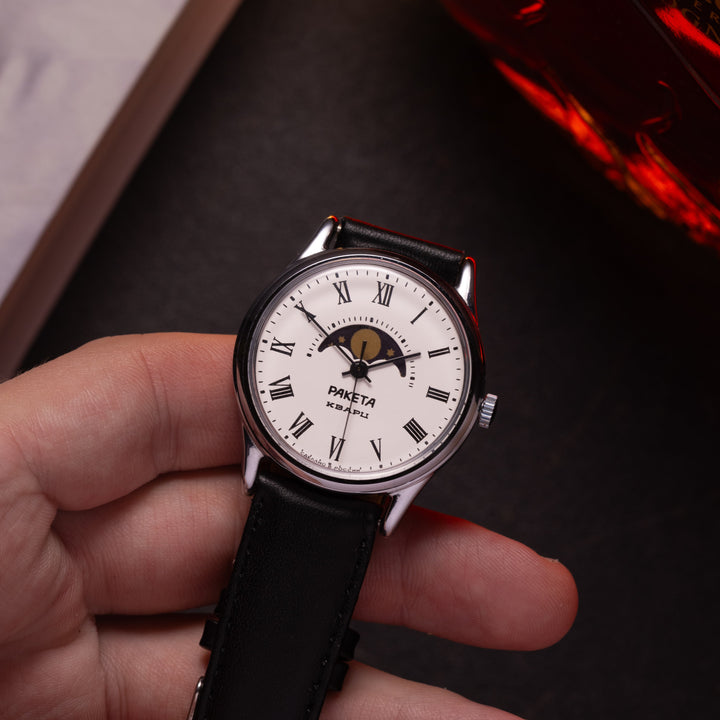
Cultural and Societal Impact
Timepieces in Fashion and Society
Mechanical watches in the 20th century transcended their functional role to become symbols of fashion, status, and identity. The design, brand, and craftsmanship of a watch began to reflect the wearer's taste and social standing. In the realm of fashion, watches evolved into essential accessories, complementing both formal attire and casual wear. Renowned personalities and public figures often sported distinctive timepieces, further cementing their status as luxury items and fashion statements. Moreover, these watches captured the essence of the times, from the elegant and intricate designs of the early 1900s to the bold and innovative styles of the late century. They mirrored societal changes, reflecting the shifting tastes, trends, and values of each era.
The Collectors and the Luxury Market
The allure of mechanical timepieces extended beyond their practical use, captivating collectors and connoisseurs. The luxury market flourished as enthusiasts sought rare and unique watches, driven by a deep appreciation for their craftsmanship and historical significance. Auction houses and private sales saw record-breaking prices for vintage and limited-edition models, underscoring the investment value of high-quality mechanical watches. This collector's market also played a crucial role in preserving the heritage and art of watchmaking, as enthusiasts and experts alike celebrated the history and stories behind these remarkable timepieces. The rise of watch clubs, forums, and exhibitions further fostered a community of admirers, sharing knowledge and passion for the art of mechanical watchmaking. In this way, mechanical watches became more than mere timekeepers; they were cherished as works of art and historical artifacts.
Challenges and Triumphs
The Quartz Crisis
The Quartz Crisis of the 1970s and 1980s marked a tumultuous period for the mechanical watch industry. Triggered by the advent of quartz watches, which were cheaper to produce and more accurate than their mechanical counterparts, this era saw a dramatic shift in consumer preferences. Many established watchmakers faced severe financial challenges, with some even ceasing operations. The crisis underscored the vulnerability of traditional watchmaking in the face of technological innovation. Quartz watches, with their electronic oscillators regulated by quartz crystals, revolutionized timekeeping by offering unprecedented accuracy and affordability. This shift threatened to render mechanical timepieces obsolete, forcing the industry to reevaluate and reinvent itself.
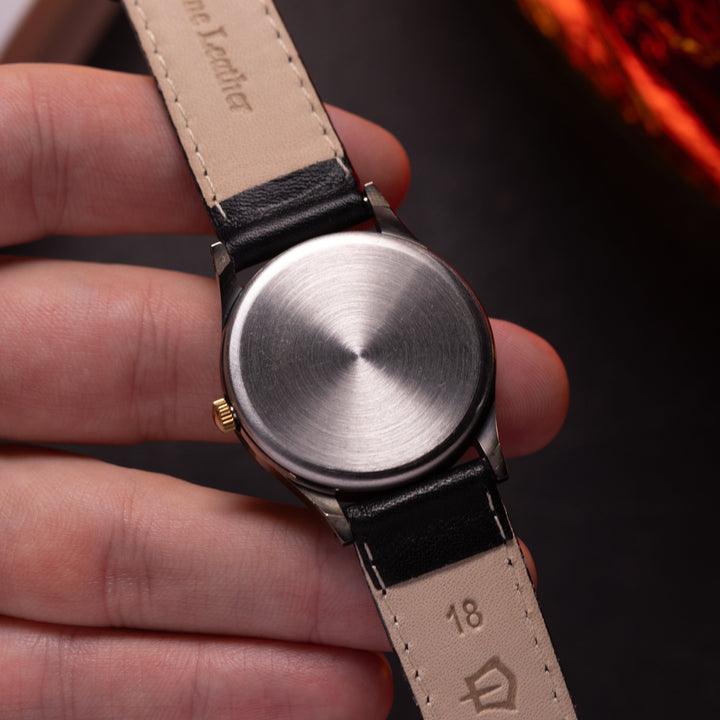
The Mechanical Renaissance
In response to the Quartz Crisis, the late 20th century experienced a resurgence of interest in mechanical watches, a phenomenon often termed the "Mechanical Renaissance." This revival was driven by a renewed appreciation for the craftsmanship, history, and emotional value of mechanical timepieces. Watch enthusiasts and collectors began to prize the intricate movements and artistic designs that distinguished mechanical watches from their quartz counterparts. In turn, watchmakers renewed their focus on quality, innovation, and exclusivity, often releasing limited editions and high-end models. Brands like Patek Philippe, Rolex, and Audemars Piguet led this resurgence, emphasizing the heritage and skill inherent in their creations. This renaissance not only saved many traditional watchmakers from extinction but also reaffirmed the mechanical watch's status as a luxury item and a cherished collector's piece, securing its place in the 21st century.
The journey of mechanical timepieces throughout the 20th century is a testament to human ingenuity, artistry, and resilience. From the early innovations that defined modern watchmaking to the challenges of the Quartz Crisis and the subsequent Mechanical Renaissance, these devices have mirrored the epoch's technological advancements and cultural shifts. Beyond their function as timekeepers, mechanical watches have evolved into symbols of luxury, craftsmanship, and heritage. Their enduring appeal, underscored by a passionate community of collectors and aficionados, ensures that the legacy of mechanical timepieces will continue to fascinate and inspire future generations, standing as icons of an era marked by extraordinary change and innovation.




